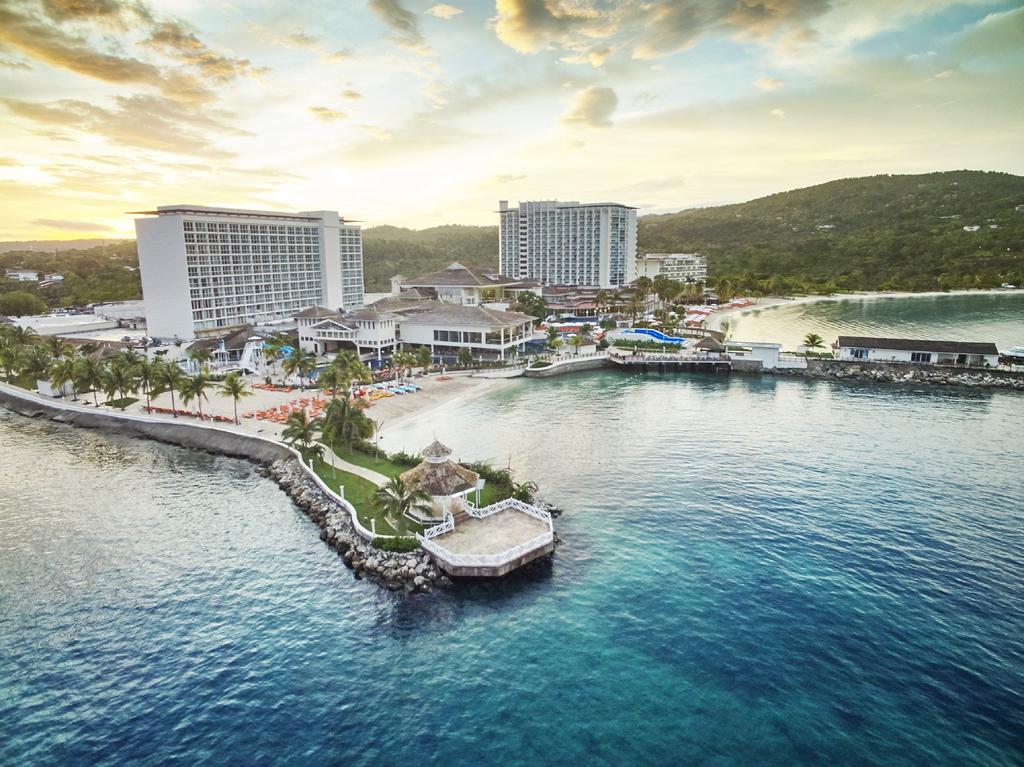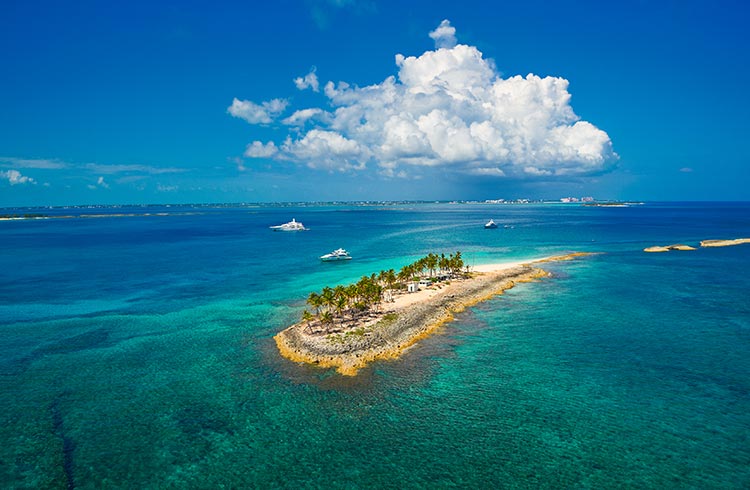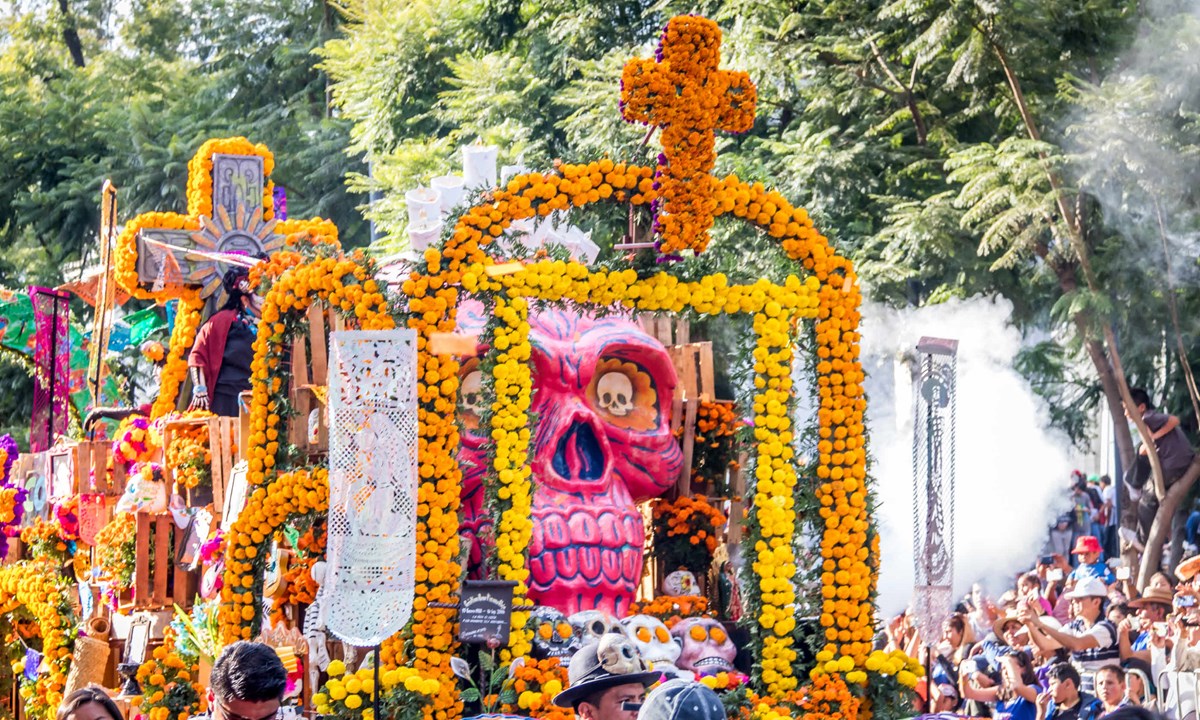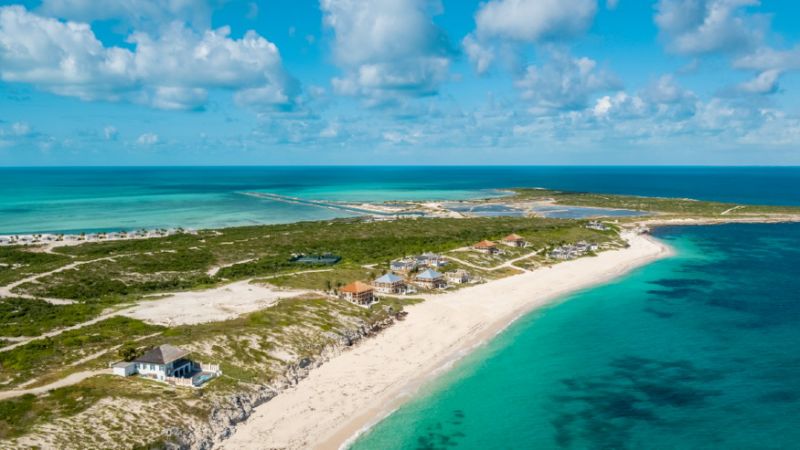
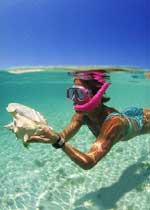
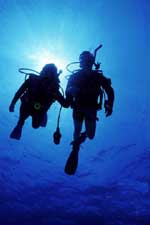
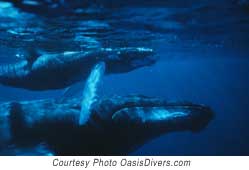
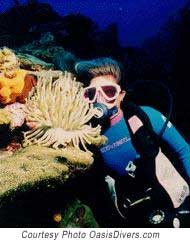
Turks and Caicos Islands lie just beneath the Bahamas. Turks and Caicos are made of eight islands, with 40 small cays dispersed throughout. There are two main island groups that lie separated by the Turks Island Passage. You have West Caicos, Providenciales, North Caicos and Grand Caicos, all to the west of the passage, and the historic Turk group with Grand Turk and Salt Cay to the east of the passage.
If you once wanted to be a marine biologist this is the place for you! Turks is named after the Turks head cactus plant prominent on Grand Turks. This is a great indicator of the islands’ tendency towards a unique and diverse ecological land. The islands are made of coral rock and limestone banks teeming with marine life. Bivalves, sea cucumbers, sea urchins, mollusk, lobsters, and conch abound within the banks. The lobster and conch are huge exports for the islands.
Americans can look towards the islands for an education in American history. Grand Turk is arguably the island where Columbus 1st touched down. Even though it might be hard to uncover one of Columbus’ accessories, archaeologists have been tremendously successful at uncovering remains and revelries of the Lucayans, the first inhabitants of Grand Turk back some 1,200 years ago. A mother-of –pearl pendant, conch shell tools, shell beads and human bones, and most importantly, a wooden paddle dating from A.D. 1100 have been discovered in the northwest corner of the island. The Turks and Caicos National Museum is a cozy home for these important artifacts. You can visit East Caicos to study the cave petroglyphs of the Lucayans.
The island thrived in the 17th century as the salt trade boomed. The Salinas, or salt ponds, strewn across the islands of Grand Turk, South Caicos, and Salt Cay, were a perfect spot for slave laborers, managed by Bermudan settlers, to drudge feverously for salt. The Bermudan settlers made sure of that.
Soon, the salt from Turks & Caicos was being used generously in America. George Washington used it to preserve food for the troops of the Revolutionary War. Fishing fleets of American and Canada were salting down their catches with it.
The salt industry in Turks and Caicos failed, ultimately. In the 1920’s and 30’s several factors came in to play to dramatically thwart the export efforts of the salt makers, including mismanagement, competition, costs, and very shallow harbors. By 1964 the salt industry was shut down and the Salinas abandoned. Now, visitors to the Salinas are likely to be thrilled by the presence of horses and donkeys running wild across the sands. The donkeys are family to their 17th century ancestors use for hauling salt loads to the ships in the harbor. There is even a donkey sanctuary on the north shore.
Despite the death of the salt industry, Turks & Caicos has managed to stay on the forefront of the exporting business. The queen conch is one of the Turks & Caicos most stable exports. The Caicos Conch Farm is working towards exporting a million conchs a year, of the nearly four million supply on the islands. The conch remains a Caribbean diet staple.
Turks & Caicos is a diving paradise that lures divers back time and time again. The diving is extremely convenient. Immediately off the shores of Grand Turks there is a 7 mile long wall that plunges more than 7,000 feet without hesitation. This means that most of Grand Turks’ significant diving is 10-15 minutes from the shoreline, making it extremely easy for tour operators to get visitors to where they need to be, quickly. You can dive to the H.M.S. British 18th century warship off of Salt Cay.
Bob Payne, travel writer for Islands magazine, says, “During the time I spent underwater, I experienced 200-foot visibility, which in diving terms is almost infinity, and saw nearly undisturbed coral gardens that were teeming with marine life.”
Oasis Divers, Tropical Adventure.com’s outfitter in the Turks and Caicos, offers fantastic dive trips, with an experienced staff, and stays at some delightful small hotels and inns.
There are many opportunities to view wildlife around Turks & Caicos. January through March is a likely time to see migrating humpback whales around the beaches of Salt Cay. Off of the largest island, Grand Caicos, in the archipelago of Turks & Caicos, you can also view the migrating whales on their way to breed. Grand Caicos is a fantastic area to bird watch. Within the quiet cays, you’ll have a chance to spot the frigate bird, sooty and roseate terns, Audubon’s shearwater, and brown noddy. Look towards the waters once again to encounter four species of sea turtles. The hawksbill, green, loggerhead, and leatherback inhabit the waters and the beaches. In addition, and thankfully, bottlenose dolphins are prevalent in the blue waters near Grand Caicos. You can also snorkel with and hand feed stingrays on Grand Turks, or dive for conch in anticipation of your lunch – conch salad. Little Water Cay is a popular day trip destination for the viewing of the rock iguana species. Turks and Caicos boasts the largest population of iguanas in the world, at approximately 50,000.
In the “garden center of the country”, North Caicos, you can visit the East Caicos Nature Reserve, which is one of the largest protected areas in the Caribbean. “A wilderness of tidal sloughs, mangroves, mudflats, and saline ponds, this important wetland zone links the dry uplands of the island with the turquoise banks. Submerged banks, creeks, and lagoons provide critical nursery habitat for flamingos, lobsters, conchs, turtles, and other marine species,” describes National Geographic. The reserve also works to protect the West Indian whistling duck and frigate birds.
So, aren’t there any parties in Turks & Caicos, you might ask? Well, there’s the Annual Conch Carnival. Coming up in June, the Conch Carnival on Grand Turk offers a variety of unique activities, such as the Conch Cook-off, and Night Dives with Beach Bonfires. Dale Barker of Oasis Divers says “The Iron Divemaster competition is the highlight of the Grand Turk Conch Carnival. Both local divemasters and guest compete in a variety of events to prove who is The Iron Divemaster. The most exciting event is the tank lifting, where the winner last year held 13 scuba tanks at one time. That’s one strong divemaster. We also have equipment set up, kayak racing and much more. Another fun event is the block party. Everyone gets a chance to sample local food favorites and listen to some great local music.”
We can call it an Island Bazaar. Turks and Caicos, with its many, many islands, and its plethora of biological components, there are so many choices for the curious traveler in the Turk & Caicos Islands. Which island will you choose? For additional information and more details on where to go and what to do, search through our, where you can explore the opportunities with Oasis Divers.
Get More Information on This Adventure!!!
Experience adventures like the one found in this article and others by using TropicalAdventure.com Vacation Planner. Simply fill out our Vacation Planner form and you will receive FREE information about this activity and others that you may be interested in. Click below to sign up.

